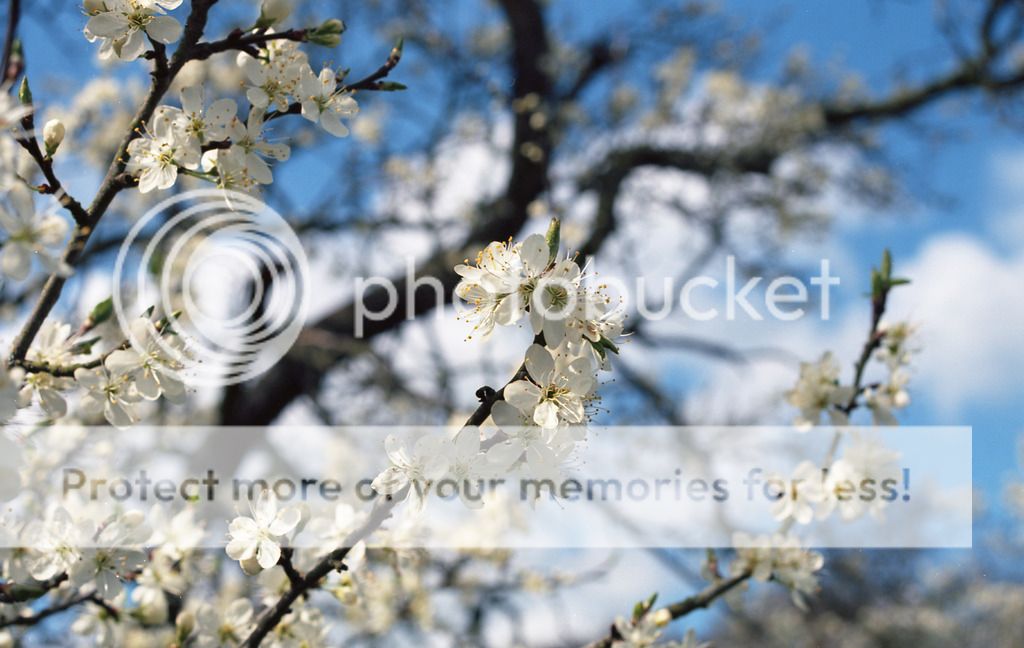- Messages
- 1,559
- Name
- Craig
- Edit My Images
- Yes
So, let's say that I wanted to have a play with a film camera. How would you recommend I go about purchasing my first camera bearing in mind I've never shot film before and don't know much about what to look for? I've done plenty of reading in this forum and others and think I'd like to give a 35mm SLR a try, not one with too much automation as that doesn't really interest me, part of the enjoyment would be the manual control of exposure, focus etc but one that has metering would probably be useful.
I'm sure part of the thrill for some of you more experienced guys and girls is finding the bargains, but as I've never shot with film before I would probably end up with a dud. If I had a budget of say £50 for body and a lens (not picky on the lens at all) would i be more likely to get something reasonable? Should I purchase one online? If so from a reputable secondhand seller?
I saw a few in an antique shop at the weekend which is what peaked my initial interest, I don't remember exactly what they were but thinking back there were one Nikon and Pentax cameras for about £35 with various lenses. Could always pop back there and get one.
I saw the thread on the cheap film in Poundland so popped in at lunchtime and picked up a few rolls in preparation. It's all rather exciting actually!
Any advice appreciated, I hope this isn't another rabbit hole as I've already spent enough on digital kit recently!!
I'm sure part of the thrill for some of you more experienced guys and girls is finding the bargains, but as I've never shot with film before I would probably end up with a dud. If I had a budget of say £50 for body and a lens (not picky on the lens at all) would i be more likely to get something reasonable? Should I purchase one online? If so from a reputable secondhand seller?
I saw a few in an antique shop at the weekend which is what peaked my initial interest, I don't remember exactly what they were but thinking back there were one Nikon and Pentax cameras for about £35 with various lenses. Could always pop back there and get one.
I saw the thread on the cheap film in Poundland so popped in at lunchtime and picked up a few rolls in preparation. It's all rather exciting actually!
Any advice appreciated, I hope this isn't another rabbit hole as I've already spent enough on digital kit recently!!





